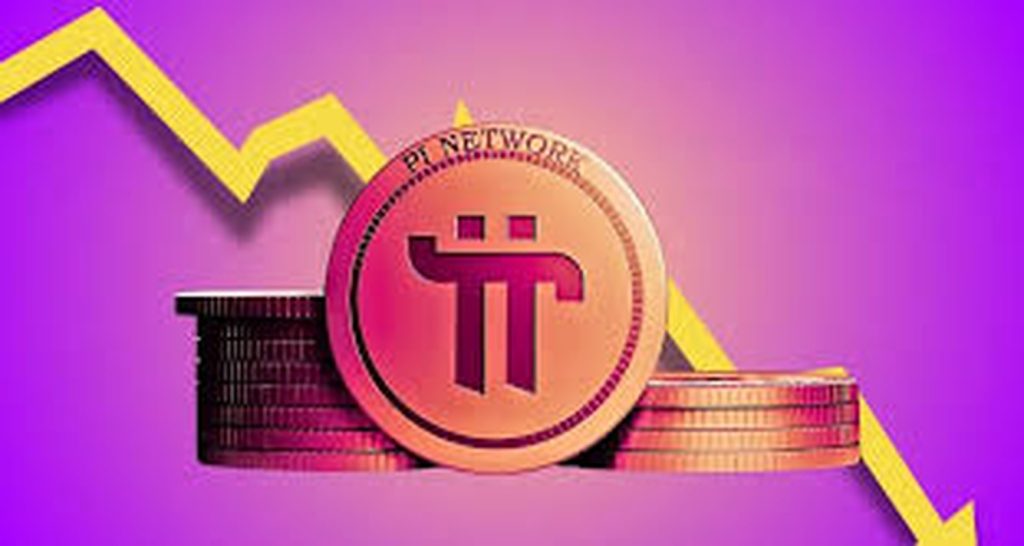Pi coin: What Is Pi Network — A Quick Refresher
Pi Network is a mobile-first crypto project that lets users “mine” via a smartphone app instead of expensive rigs. Its vision has always been about access and making crypto mining possible for everyday people, not just those with heavy hardware.
Because of that promise, Pi gained a ton of buzz. People began whispering things like “Pi will be the next big thing,” “It will list on Binance soon,” and “I’m mining millions of Pi already.”
The Hype That Once Was
Back in its early days, Pi Network felt like a revolution in motion. It marketed itself as “crypto for everyone,” with users mining Pi coins straight from their mobile phones without needing high-tech rigs.
The community buzzed with excitement: “This is the next Bitcoin, but accessible to all!” And soon, predictions flew around, Pi would be listed on Binance, Coinbase, and every big exchange in sight. Early adopters imagined instant millionaires being made.
But as the years passed, reality didn’t quite match the dream.
Why Didn’t Pi Hit Binance or Other Exchanges?
By 2023 and 2024, speculation reached fever pitch. Every other month, social media trends claimed “Pi listing is coming soon.” But major exchanges like Binance never pulled the trigger.
Why? A few key reasons:
- Unclear tokenomics: Without a transparent structure for supply, value, and distribution, exchanges had no solid ground to base listings on.
- Closed mainnet phase: Pi’s mainnet wasn’t fully open to the public, making it hard for users to trade freely.
- Regulatory concerns: Exchanges are cautious. Listing a token without proper compliance could invite red flags.
The result? Pi remained stuck in limbo, a strong community with millions of users, but no clear way to trade at scale.
Where Things Stand in 2025
Fast forward to today, Pi Network still has one of the largest grassroots crypto communities. The app is alive, engagement continues, and core team updates show they’re pushing toward utility-building and ecosystem apps.
But the gap between hype and usability remains wide. Many users still hold Pi coins mined over the years, coins they can’t freely convert to Bitcoin, stablecoins, or fiat.
It’s less about instant exchange listings now, and more about whether Pi can create real-world use cases.
What to Expect Next
Here’s what Pi users should realistically look out for in the coming months and beyond:
- Mainnet Progress: The transition to an open mainnet remains the biggest milestone. Once live, Pi could finally enter real trading ecosystems.
- Ecosystem Apps: Expect more apps built around Pi, from e-commerce payments to small community marketplaces. This could give Pi a reason to exist beyond speculation.
- Possible Listings (Still Cautious): While Binance or Coinbase listings remain uncertain, smaller regional exchanges could take the lead if Pi proves it has demand and regulatory clarity.
- Community Utility First: Instead of waiting for Pi to “moon,” the focus will likely shift toward peer-to-peer usage, people trading goods and services for Pi within their own networks.
Final Thoughts
The Pi Network story is a lesson in patience and perspective. Hype alone doesn’t guarantee success in crypto, adoption, clarity, and real-world utility do.
In 2025, Pi isn’t the “next Bitcoin,” but neither is it dead. It’s at a crossroads: evolve into something usable, or fade into just another “what could have been.”
For those still holding Pi, the best bet isn’t daydreaming about sudden Binance listings. It’s watching how the project builds real-world value one step at a time. Try Zabira today and convert, swap and trade cryptocurrencies and gift cards. Check out other updates.


